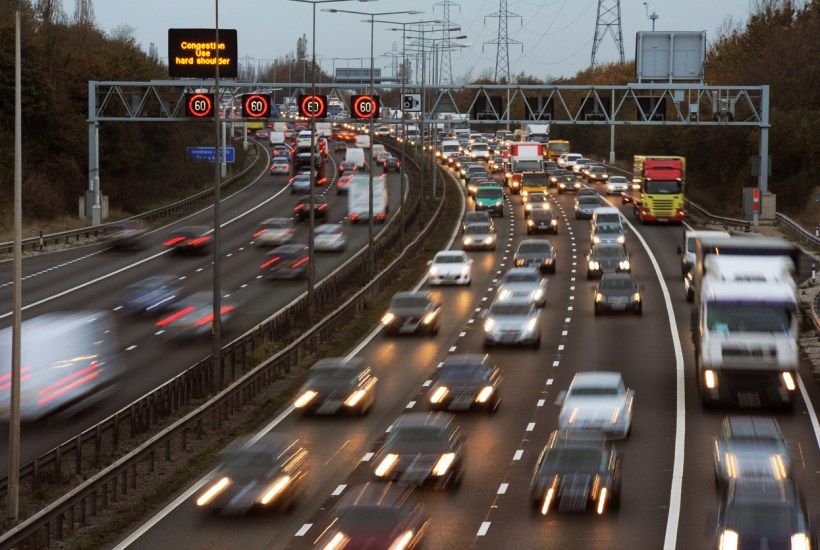Six months after he became Prime Minister, Rishi Sunak has finally honoured one of the smaller, but more eye-catching, promises he made during his party leadership campaign. He has announced an end to the building of so-called ‘smart’ motorways, citing the economic cost and safety concerns.
In doing so, Sunak has halted a near 20-year policy that has been increasingly distinguished not only by its unpopularity among the car-driving public, but by its toll in lives.
Already a subscriber? Log in
Subscribe for just $2 a week
Try a month of The Spectator Australia absolutely free and without commitment. Not only that but – if you choose to continue – you’ll pay just $2 a week for your first year.
- Unlimited access to spectator.com.au and app
- The weekly edition on the Spectator Australia app
- Spectator podcasts and newsletters
- Full access to spectator.co.uk
Or




















Comments
Don't miss out
Join the conversation with other Spectator Australia readers. Subscribe to leave a comment.
SUBSCRIBEAlready a subscriber? Log in